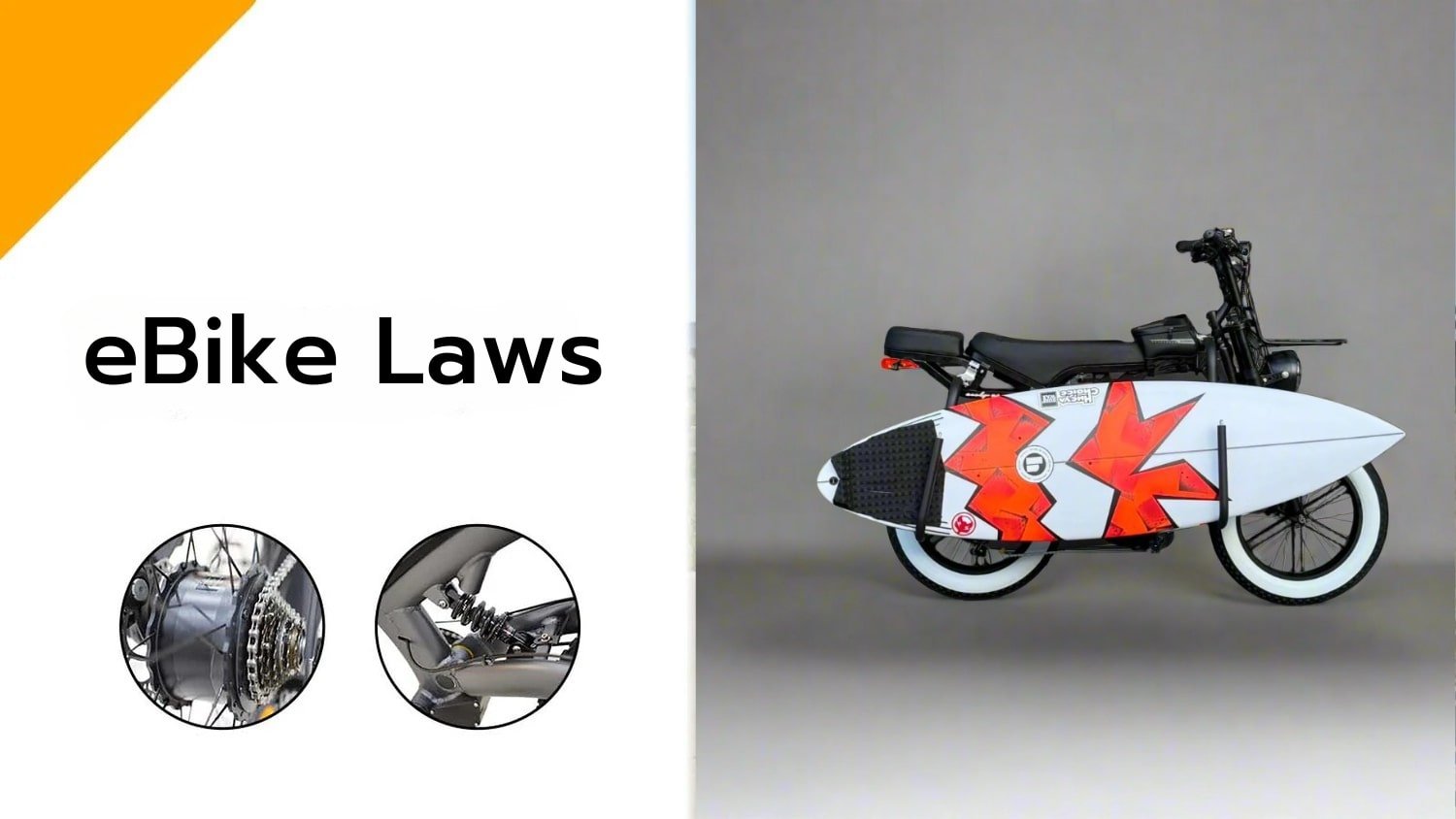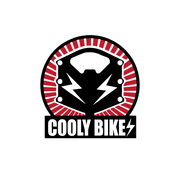
Are E-Bikes Legal in NSW? Power Limits, Speed Rules & Road Regulations Explained
In NSW, e-bikes are becoming incredibly popular as an eco-friendly and effective form of mobility. Riders must understand the precise rules controlling their use to guarantee safe and legal riding. Since they provide an effective and environmentally friendly form of transportation, e-bikes have become increasingly popular throughout New South Wales (NSW). But along with their popularity come several concerns about their legality, power constraints, speed limits, and compliance with relevant traffic laws. To make sure you're riding legally, let's examine the details.
Understanding E-Bikes: What Are They?
At their core, electric bicycles, or e-bikes, are standard bicycles equipped with a battery-powered electric motor to assist propulsion. This assistance can be particularly beneficial when tackling hills or facing strong headwinds, making commuting more accessible for many riders.
Legal Definition of E-Bikes in NSW
In NSW, e-bikes are categorized into two primary types:
-
Power-Assisted Pedal Cycles: These are bicycles where the rider primarily propels the bike, and the motor provides assistance only when the rider is pedaling. The motor cannot be the sole source of propulsion. Weighs less than 50kg including batteries.
- Electrically Power-Assisted Cycles (Pedelecs): These conform to the European Standard EN15194, featuring a motor that assists only when the rider is pedaling and cuts out once the bike reaches a speed of 25 km/h.
Power Limits for E-Bikes in NSW
As of 2023, NSW has updated its regulations concerning e-bike power limits:
-
Standard E-Bikes: Previously, the maximum continuous power output was capped at 250 watts. However, recent changes have increased this limit to 500 watts, allowing for more powerful motors to assist riders.
- Pedelecs: These bikes are permitted a motor with a maximum continuous power output of 250 watts, aligning with European standards.
Speed Regulations for E-Bikes
Speed is a crucial factor in e-bike regulations:
-
Assistance Cut-Off: For both standard e-bikes and pedelecs, the motor must cut off assistance once the bike reaches a speed of 25 km/h. Riders can exceed this speed, but only through their pedaling efforts without motor assistance.
- Throttle-Only Operation: E-bikes that can be powered solely by a throttle (without pedaling) are subject to stricter regulations. In NSW, such bikes are generally not permitted unless they meet specific criteria and are classified differently under the law.
Source: Transport for NSW
Road Rules and Regulations for E-Bike Riders
To ensure safety and compliance, e-bike riders in NSW must adhere to the following road rules:
- Helmet Use: Wearing an approved bicycle helmet is mandatory for all e-bike riders.
- Traffic Laws: E-bike riders are required to follow the same road rules as traditional cyclists. This includes obeying traffic signals, giving way when necessary, and using appropriate hand signals when turning.
- Footpaths and Shared Paths: In NSW, adults are generally not permitted to ride on footpaths unless accompanying a child under 16. However, shared paths are designated for both pedestrians and cyclists, and riders should always be mindful of pedestrians, maintaining a safe speed and giving warnings when overtaking.
- Alcohol and Drugs: Riding an e-bike under the influence of alcohol or drugs is illegal and subject to the same penalties as driving a motor vehicle while impaired.
Registration and Licensing Requirements
One of the advantages of e-bikes is that, under current NSW regulations, they do not require registration or a driver's license, and no minimum age, provided they meet the specified criteria regarding power output and speed limitations.
Safety Considerations for E-Bike Riders
While e-bikes offer numerous benefits, safety remains paramount:
- Regular Maintenance: Ensure your e-bike is regularly serviced, focusing on brakes, tires, and the electrical system.
- Visibility: Equip your bike with front and rear lights, especially if riding during low-light conditions, and consider wearing high-visibility clothing.
- Awareness: Stay alert to your surroundings, anticipate potential hazards, and ride defensively.
Rules for Bicycle Riders
- You can ride next to someone else on a bike, but keep your distance from them to no more than 1.5 meters.
- If there is a designated bike lane in your direction, you must use it unless doing so is impracticable.
- Turning right or merging into the right lane requires a hand signal. You should do this for approximately thirty meters before turning or changing lanes or lane positions. While it's unnecessary, giving a left or stop signal is highly advised when performing a hook turn.
- Two bicyclists that are cycling side by side can be passed.
- Slow-moving and stopped cars can be passed on to the left.
- Riding to the left of a continuous white edge line is permitted.
- In a roundabout, you can turn right from the left lane, but you have to yield to any cars leaving the roundabout.
- Riding on a pedestrian crossing is prohibited. Walk your bike across instead. If there is a bicycle crossing signal, you can ride across. At crossings, you have to follow the signals.
- Another moving car cannot tow you or hold you.
- On a footpath, shared path, or separate way, you must stay to the left of approaching cyclists or pedestrians.
- It is not permitted to transport more passengers than the bike can accommodate. If a passenger is being transported, the rider must wear an approved, fitted, and secured helmet.
- You must be facing forward in the rider's seat, with at least one hand on the handlebars and one leg on each side.
Penalties for Non-Compliance
Non-compliance with e-bike regulations can result in penalties, including fines and potential confiscation of the e-bike. It's essential to stay informed and ensure your e-bike meets all legal requirements.
Recent Developments and Discussions (Short-Term Actions for E-Bike Regulations)
The proposed short-term actions aim to create a safer road environment while staying within the existing regulatory framework. Key points include:
- Expanded Legal Range: Modify e-bike requirements to legalize more devices for road use.
- Speed Limits: Increase maximum assisted speed to 30 km/h (or 32 km/h) to align with other jurisdictions and urban speed limits.
- Throttle-Only Devices: Allow these with speed limits of 15–20 km/h, benefiting disabled riders, seniors, and cargo users.
- Power Restrictions: Remove restrictions on maximum rated power, as long as assisted speed is capped.
- Inclusion of More Vehicles: Trikes, mobility aids, and e-scooters (if legalized) should be accommodated.
- Speed Limiters: Allow optional speed limiters for young or inexperienced riders.
- No Licensing or Registration: E-bikes will not require a license or registration.
- No Minimum Age: Instead, education campaigns will ensure safe usage by teenagers.
- Insurance Coverage: Riders with Bicycle NSW membership will be insured.
- Definition Update: Remove the outdated ‘Power-assisted pedal cycle’ category (200W limit) from the NSW e-bike definition, as it causes confusion and facilitates the sale of non-compliant e-bikes.
These changes aim to broaden access, enhance safety, and simplify regulations for e-bike users in NSW.
Source: E-Bike Regulation in NSW Latest
Conclusion
E-bikes present a sustainable and efficient transportation option in NSW. By understanding and adhering to the current regulations regarding power limits, speed restrictions, and road rules, riders can enjoy the benefits of e-biking while ensuring safety and legality.
FAQs
Can I ride an e-bike on NSW roads without a license?
Yes, as long as your e-bike complies with the specified power and speed regulations, no license is required.
Are throttle-only e-bikes legal in NSW?
Throttle-only e-bikes are generally not permitted unless they meet specific criteria and are classified differently under the law.
What is the maximum power output allowed for e-bikes in NSW?
As of 2023, the maximum continuous power output for standard e-bikes in NSW is 500 watts.
Do I need to register my e-bike in NSW?
No, e-bikes that meet the specified criteria do not require registration.
Are there any proposed changes to e-bike regulations in NSW?
Discussions are ongoing about increasing the maximum speed assistance and power limits for e-bikes, but no official changes have been implemented yet.
